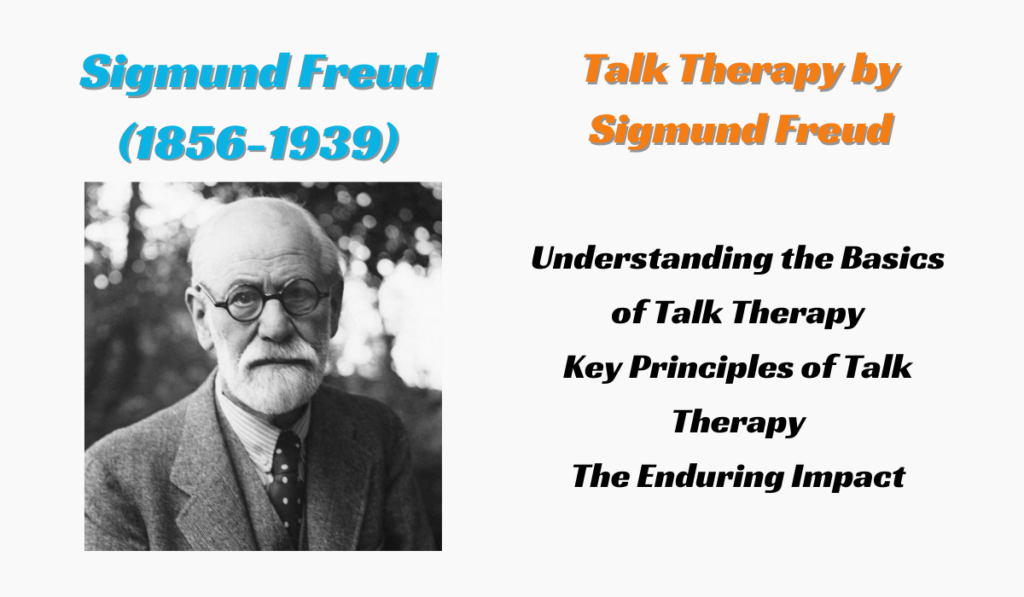
In today’s fast-paced world, emotional regulation is more essential than ever. The pressures of balancing work, relationships, and personal goals can easily overwhelm even the most resilient individuals. DBT empowers people to pause, reflect, and respond mindfully instead of reacting impulsively. It helps bridge the gap between emotional vulnerability and psychological strength, promoting lasting behavioral change. With consistent practice and professional guidance, DBT can transform emotional pain into personal growth, allowing individuals to live with greater confidence, self-awareness, and inner peace—proving that healing is not just possible but sustainable with the right therapeutic tools and mindset. In short, the DBT therapy framework offers the necessary tools for compassion, emotional balance, and emotional resilience.
What Is DBT Therapy?
DBT stands for Dialectical Behaviour Therapy. In the late 1980s, the cognitive-behavioural therapy approach was first developed by Marsha Linehan for people with borderline personality disorder (BPD) who were self-injurious and had suicidal ideation. According to the Counseling Center Group, DBT was later adapted to support conditions such as depression, anxiety, eating disorders, and post-traumatic stress disorder.
“Dialectical” describes one of the key aspects of DBT which is acceptance and change. Rather than only forcing change, DBT believes acceptance of one’s current feelings and experiences is equally important as well. At the Counseling Center Group, licensed therapists trained in DBT offer individualized programs that combine scientifically grounded approaches with compassion with the intent of restoring equilibrium in clients’ lives.
Why Do Emotional Struggles Happen?
Emotional challenges commonly emerge in the face of challenges regarded as deep and sensitive, unlike paradigms and thresholds that challenge psychology in engineering self-control and regulating overwhelming emotions. Anxiety can trigger irrational feelings, insomnia, and butterflies in the stomach even when the situation is relatively safe. Depression, on the other hand, can erase energy, induce a state of despair, and apathy. Lacking sufficient sustainable coping mechanisms, the challenges mentioned above can lead to deterioration in social relationships, productivity, and overall well-being.
Core DBT Skills and Techniques
One of the core strengths of DBT is its practical skills, which are divided into Mindfulness, Distress Tolerance, Emotion Regulation, and Interpersonal Effectiveness. While DBT shares some foundational principles with cognitive-behavioural therapy, it goes a step further by incorporating acceptance-based strategies and mindfulness practices to create a more balanced therapeutic approach.
Mindfulness: This practice helps people recognize their thoughts and emotions in the present moment, rather than from a detached perspective. Even in the midst of anxiety, an individual can practice integrated forms of mindfulness and focus on a point in space, such as utilizing their breath as a point of focus, and be brought back to a sense of clarity.
Distress Tolerance: These skills enable individuals to manage crises effectively without escalating the situation. Such skills include holding an ice cube, splashing water on one’s face, or employing certain specific grounding techniques. Alongside other approaches, acceptance skills, particularly in coping with painful experiences, are vital. Indeed, it becomes easier to face uncomfortable situations rather than try to evade them.
Emotion Regulation: This module aims to recognize, assign, and modify emotions. Participants learn to analyze triggers and use adaptive responses instead of feeling suppression. Engaging in activities such as listening to positive music or using the opposite action technique can be beneficial.
Interpersonal Effectiveness: Unsurpassed emotional well-being hinges upon strong, healthy, and positive relationships. These competencies empower individuals to articulate requests, delineate personal space, and foster constructive dialogues. Take, for instance, the statement, “I feel hurt when this happens. Can we discuss it?” which is a healthy, non-violent, and non-silent alternative to the described aggression.
How DBT Therapy Is Delivered
DBT transcends mere skills training; it embodies an entire treatment framework. An integration of several components characterizes each course of treatment:
– Individual therapy that concentrates on the application of DBT to specific personal issues.
– Client participation in group skills training sessions where they acquire and practice the skills learned in the modules.
– Phone coaching that facilitates on-the-spot assistance during an emergency.
– Therapist consultation teams to provide.
The availability of DBT via telehealth ensures that more people, regardless of their geographical location, can access these services.
Benefits of DBT Therapy
When practiced consistently, DBT therapy yields significant and lasting improvements. Research and clinical practice have shown that DBT reduces suicidal thoughts, self-harm behaviors, and emotional outbursts while improving self‑confidence and relationships. Individuals report feeling more in control of their emotions and better equipped to manage daily stressors
Conclusion
Managing emotions can be difficult, but it is not impossible. With the right support and coping strategies, anyone can learn to navigate life’s challenges more effectively. DBT therapy is an evidence-based method that combines acceptance with change, providing individuals with the skills to manage distress, regulate emotions, and foster healthier relationships. By seeking help through programs like those offered by the Counseling Center Group, individuals take a crucial step toward achieving greater emotional stability and a healthier life.
Mariam holds an MS in Sociology with a specialization in Medical Sociology and Social Psychology. With a strong academic background and extensive research work in both fields, she brings depth and clarity to complex topics. Her writing explores the intersection of society, health, and the human mind, making academic ideas easy to grasp and relevant to everyday life.


